Stunning Companion Plants For Ninebark
Stunning Companion Plants for Ninebark
Ninebark (Physocarpus opulifolius) is a versatile shrub that can be used in a variety of settings. It is known for its attractive foliage, which can range in color from green to red to purple. Ninebark also blooms in the summer with clusters of white or pink flowers.
One of the best things about ninebark is that it is relatively easy to care for. It is drought tolerant and can withstand a wide range of soil conditions. Ninebark is also deer resistant, making it a good choice for gardens in areas with high populations of deer.
If you are looking to add ninebark to your garden, you may be wondering what companion plants to choose. Here are a few stunning companion plants for ninebark:
Ornamental grasses
Ornamental grasses add movement and texture to the landscape. They also provide interest throughout the year, even when ninebark is not in bloom. Some good choices for companion plants for ninebark include:
- Switchgrass (Panicum virgatum)
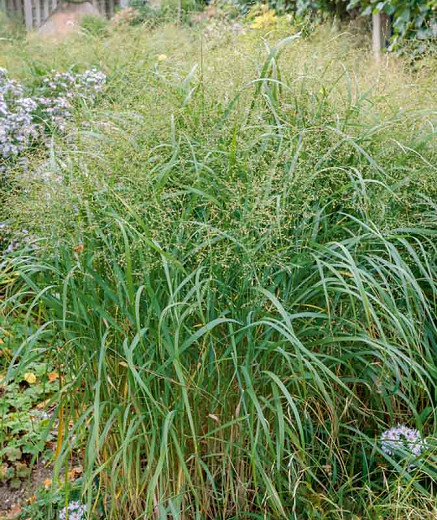
- Fountain grass (Pennisetum alopecuroides)
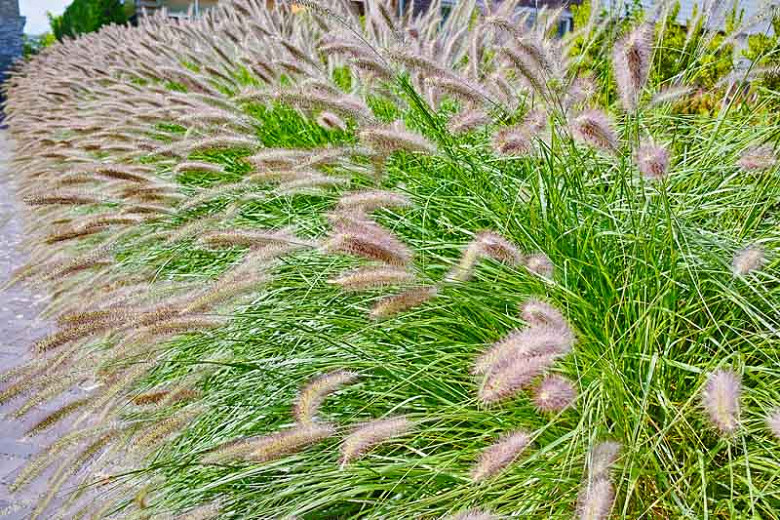
- Blue oat grass (Helictotrichon sempervirens)
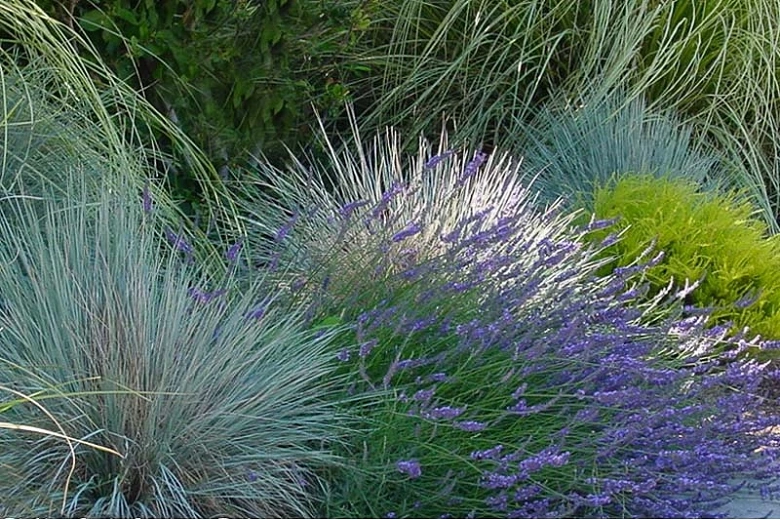
- Zebra grass (Miscanthus sinensis 'Zebrinus')
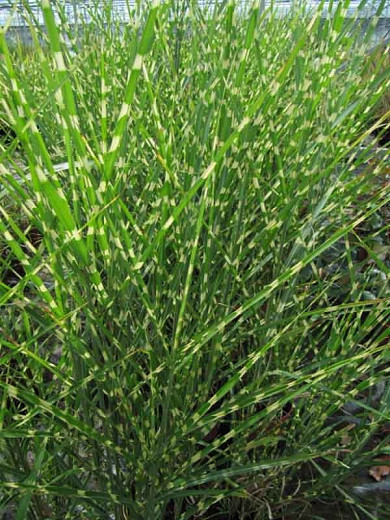
Perennials
There are many perennials that can be paired with ninebark. Some good choices include:
- Coneflowers (Echinacea spp.)
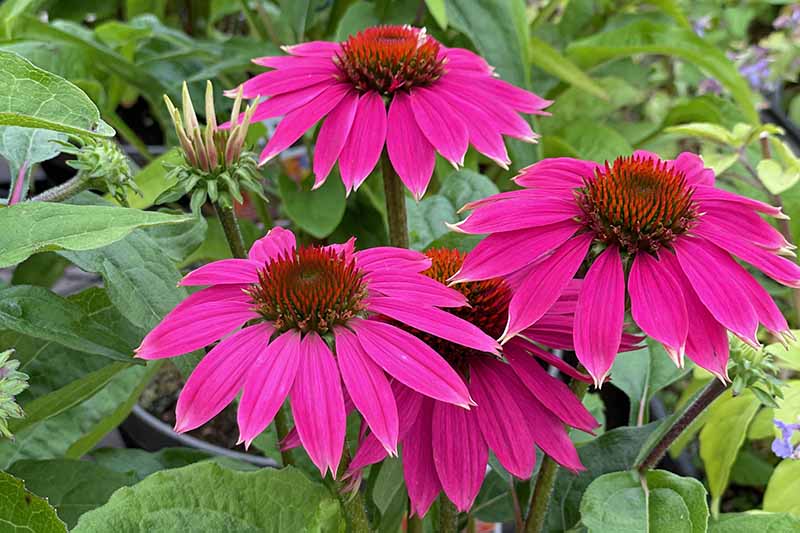
- Phlox (Phlox paniculata)
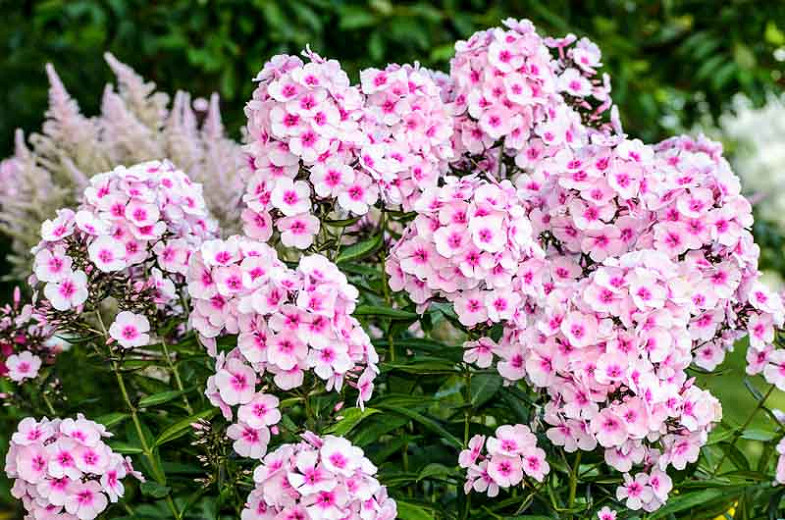
- Baptisia (Baptisia australis)
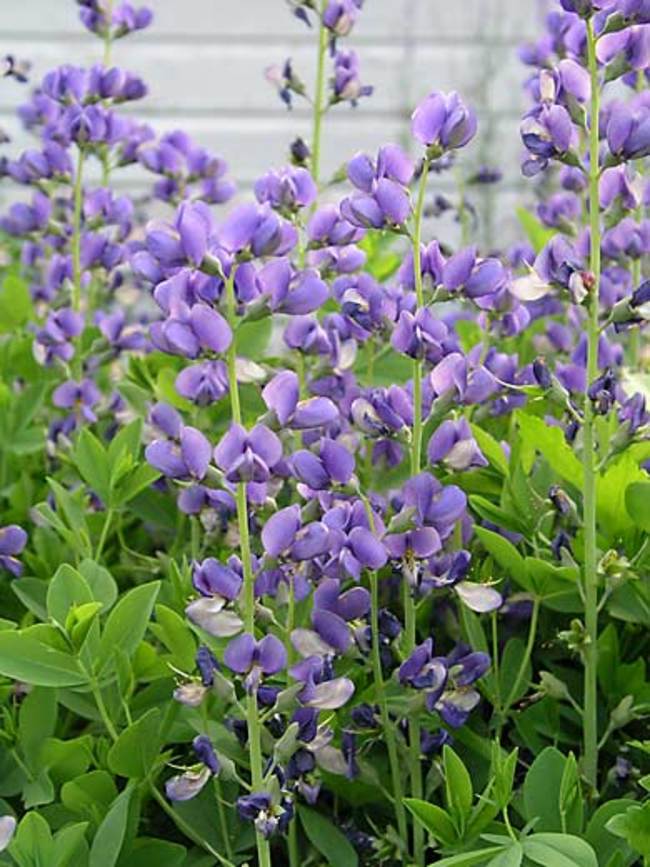
- Astilbe (Astilbe spp.)
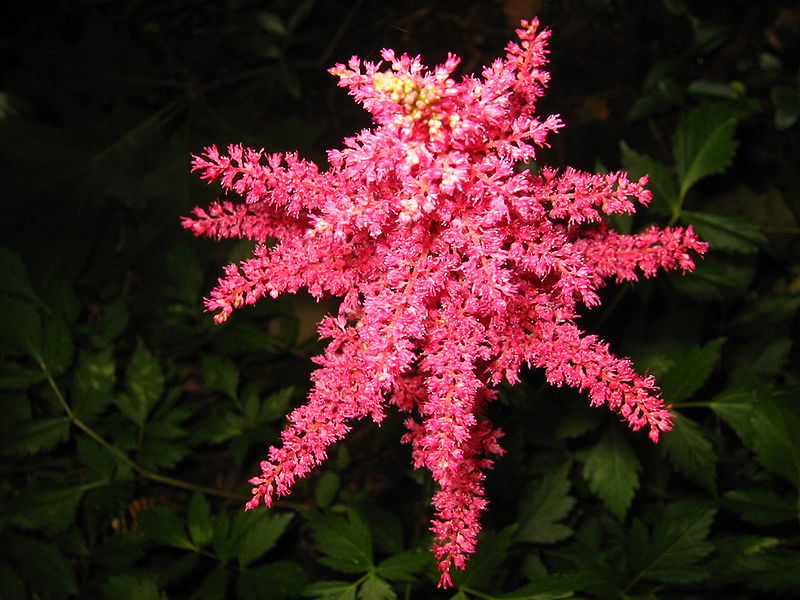
- False indigo (Baptisia tinctoria)

Shrubs
Other shrubs that can be planted with ninebark include:
- Spirea (Spiraea spp.)
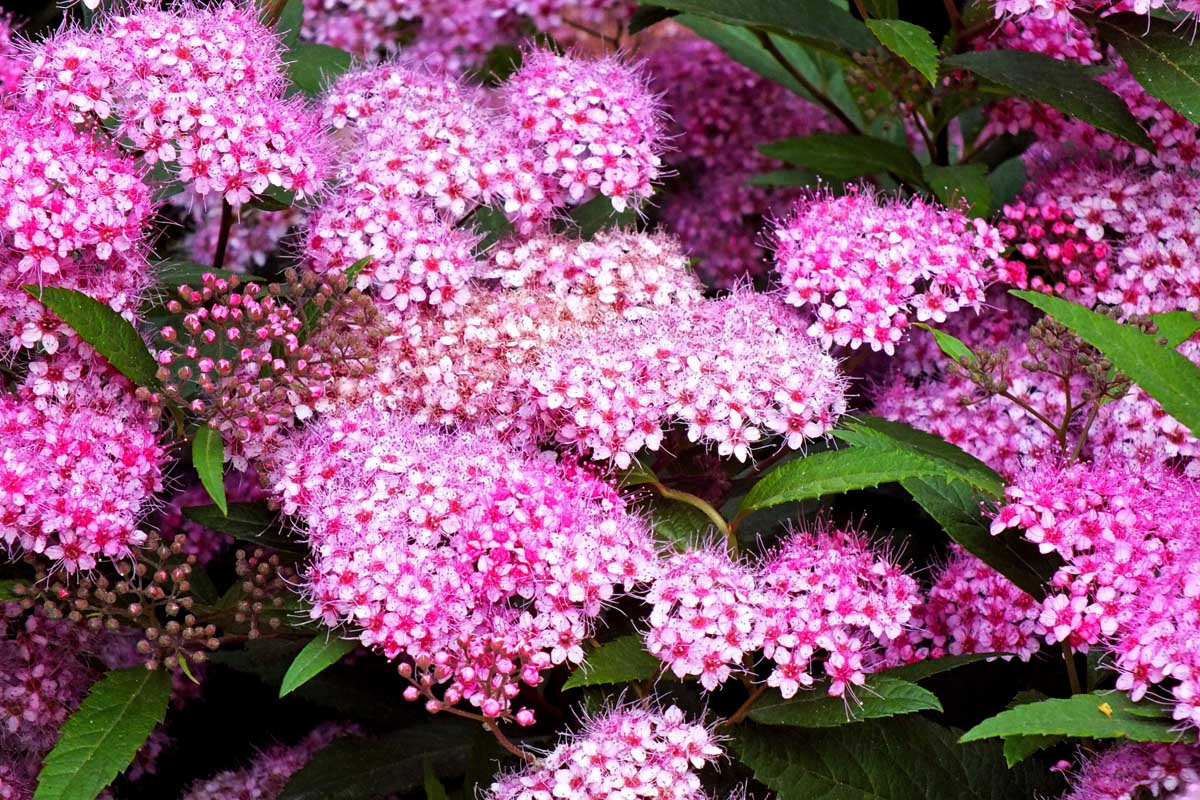
- Dogwood (Cornus spp.)
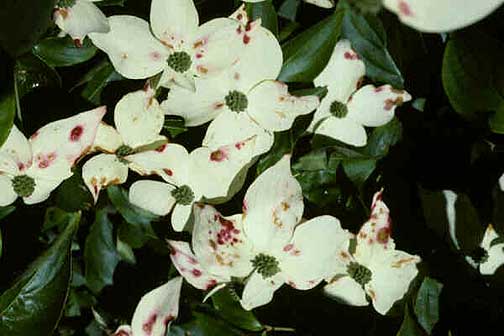
- Hydrangea (Hydrangea spp.)
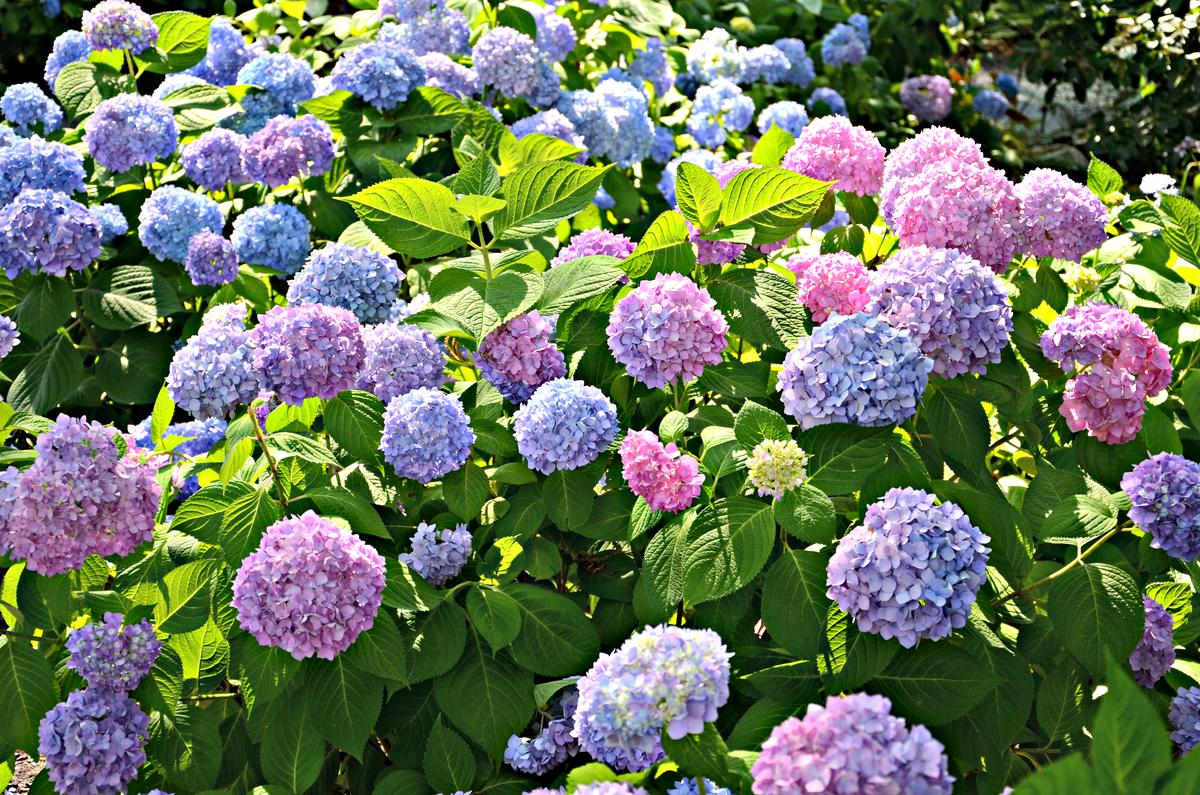
- Rhododendron (Rhododendron spp.)

- Viburnum (Viburnum spp.)
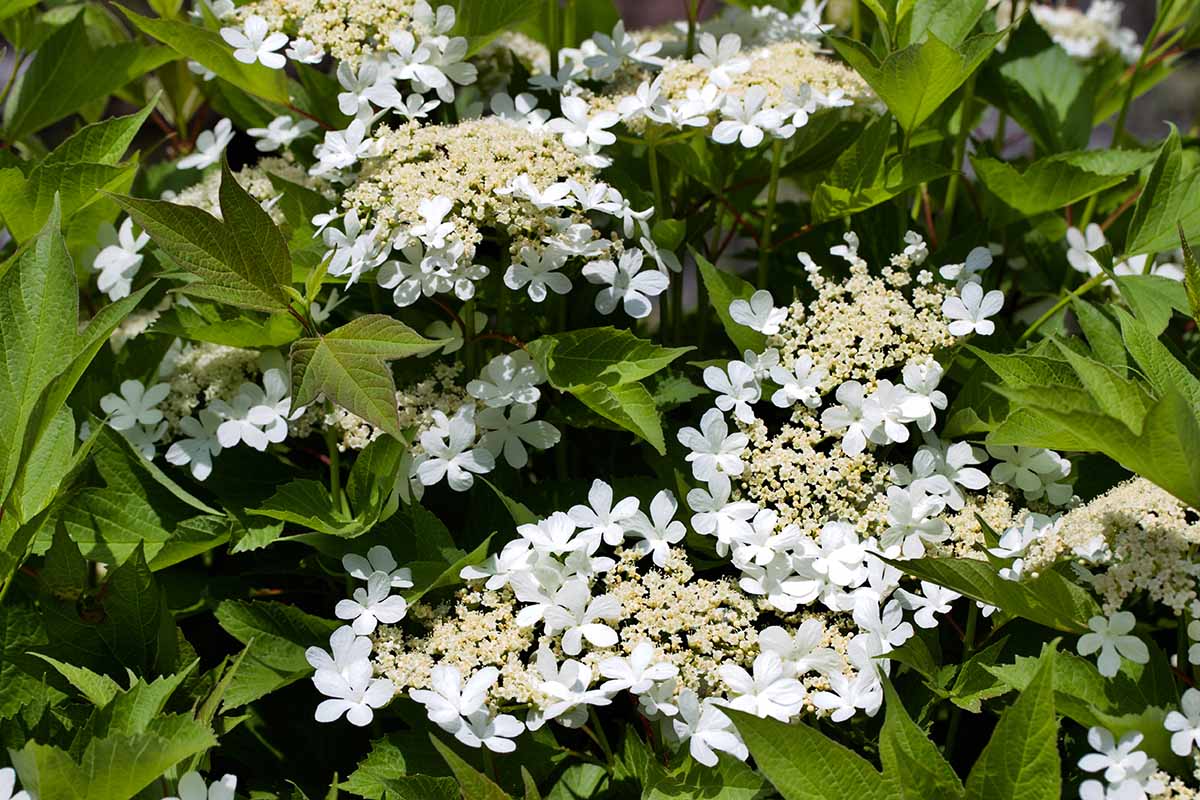
When choosing companion plants for ninebark, it is important to consider the size and growth habit of the plants. You want to make sure that the plants will not outgrow each other or crowd each other out. You also want to consider the color and texture of the plants. You can choose plants that complement each other or plants that contrast with each other.
With a little planning, you can create a stunning landscape with ninebark and its companion plants.
Conclusion
Ninebark is a beautiful and versatile shrub that can be used in a variety of settings. It is easy to care for and deer resistant, making it a good choice for many gardens. When choosing companion plants for ninebark, it is important to consider the size and growth habit of the plants, as well as the color and texture. With a little planning, you can create a stunning landscape with ninebark and its companion plants.
FAQ of ninebark companion plants
Question 1: What are some good companion plants for ninebark?
Answer: Ninebark is a versatile shrub that can be paired with a variety of other plants. Some good companion plants include:
- Coneflower: Coneflowers provide a splash of color in the summer garden and attract beneficial insects.
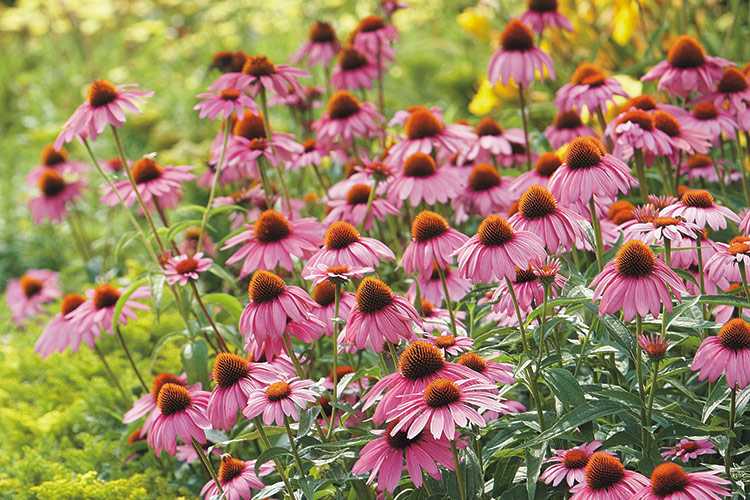
- Daylily: Daylilies bloom for a long period of time and add height and interest to the garden.
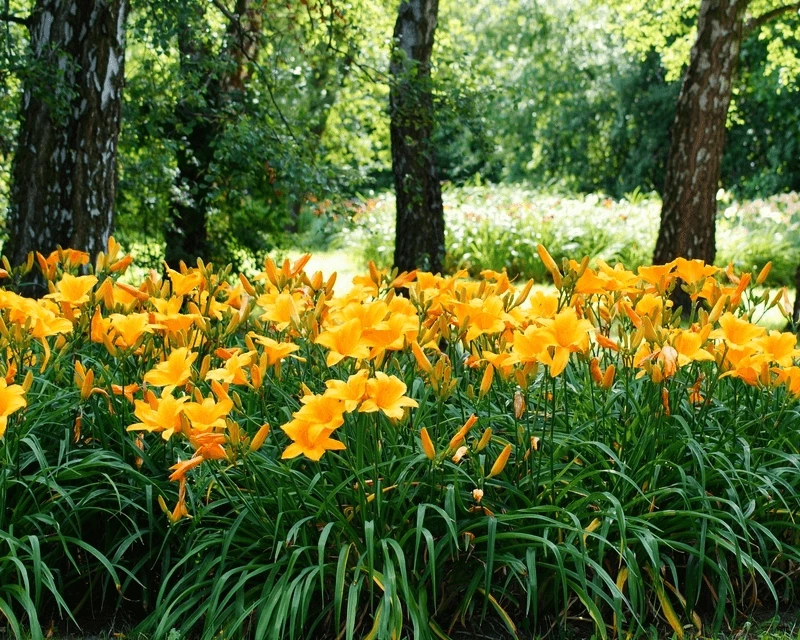
- Lily of the valley: Lily of the valley is a low-growing groundcover that blooms in the spring.

- Hosta: Hostas are shade-loving plants that add texture and interest to the garden.

- Black-eyed Susan: Black-eyed Susans are a native wildflower that blooms in the summer.
Question 2: What are the benefits of companion planting with ninebark?
Answer: Companion planting can help to improve the health and productivity of your plants. When you plant compatible plants together, they can help to deter pests and diseases, attract beneficial insects, and improve the overall health of the soil.
In the case of ninebark, companion planting can help to:
- Attract beneficial insects: Ninebark blooms in the spring and summer, attracting pollinators such as butterflies and bees. These insects help to pollinate other plants in the garden, which can lead to increased yields.
- Deter pests: The strong fragrance of ninebark can help to deter pests such as deer, rabbits, and Japanese beetles.
- Improve soil health: Ninebark's deep roots help to break up compacted soil and improve drainage. This can create a healthier environment for all of the plants in your garden.
Question 3: What are some tips for planting ninebark with companion plants?
Answer: When planting ninebark with companion plants, it is important to consider the size and growth habit of each plant. Ninebark can grow up to 6 feet tall and wide, so it is important to give it enough space to spread out. You should also plant companion plants that have similar water and sunlight requirements.
Here are some additional tips for planting ninebark with companion plants:
- Plant ninebark in full sun to partial shade.
- Amend the soil with compost or other organic matter before planting.
- Water the plants regularly, especially during the first year after planting.
- Fertilize the plants in the spring and fall.
- Deadhead spent blooms to encourage more flowering.
- Prune the plants in the early spring to remove dead or damaged branches.
Question 4: How do I care for ninebark companion plants?
Answer: The care requirements for ninebark companion plants will vary depending on the specific plants you choose. However, most companion plants will need regular watering, sunlight, and fertilizer. You may also need to deadhead spent blooms and prune the plants occasionally.
Here are some general care tips for ninebark companion plants:
- Water the plants regularly, especially during hot, dry weather.
- Water the plants deeply, so that the water reaches the roots.
- Fertilize the plants in the spring and fall with a balanced fertilizer.
- Deadhead spent blooms to encourage more flowering.
- Prune the plants in the early spring to remove dead or damaged branches.
Question 5: What are some common problems with ninebark companion plants?
Answer: The most common problems with ninebark companion plants are pests and diseases. Some common pests that can attack ninebark include deer, rabbits, Japanese beetles, and aphids. Some common diseases that can attack ninebark include powdery mildew, rust, and leaf spot.
If you notice any problems with your ninebark companion plants, it is important to identify the problem and take steps to correct it. You can consult with a gardening expert or do some research online to find more information about specific pests and diseases.
Image of ninebark companion plants
- Red Milkweed: This perennial plant is known for its bright red flowers that bloom in summer. It is a good companion plant for ninebark because it attracts butterflies and other pollinators.
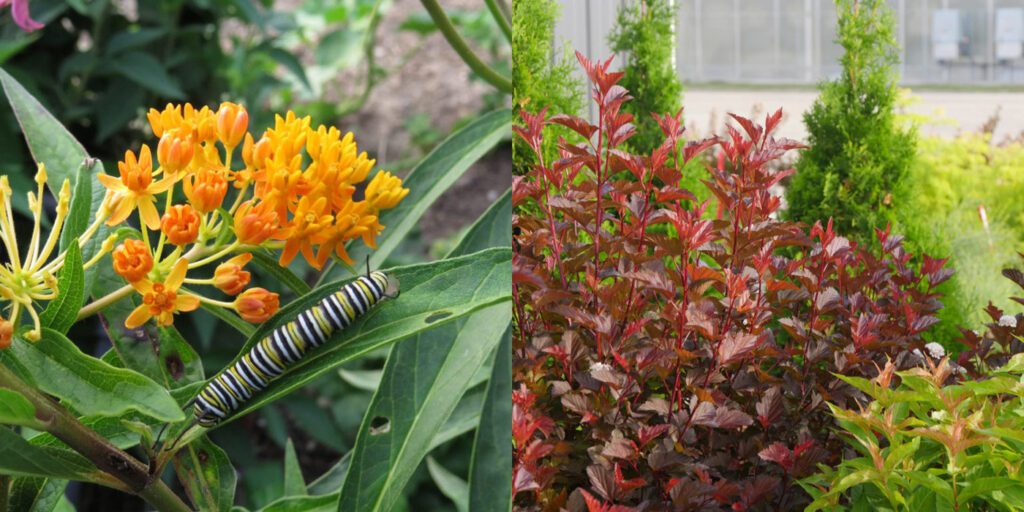
- Wild Bergamot: This perennial plant has blue or purple flowers that bloom in summer. It is a good companion plant for ninebark because it tolerates moist soil and partial shade, which are conditions that ninebark also prefers.

- Yellow Coneflower: This perennial plant has bright yellow flowers that bloom in summer. It is a good companion plant for ninebark because it attracts butterflies and other pollinators.
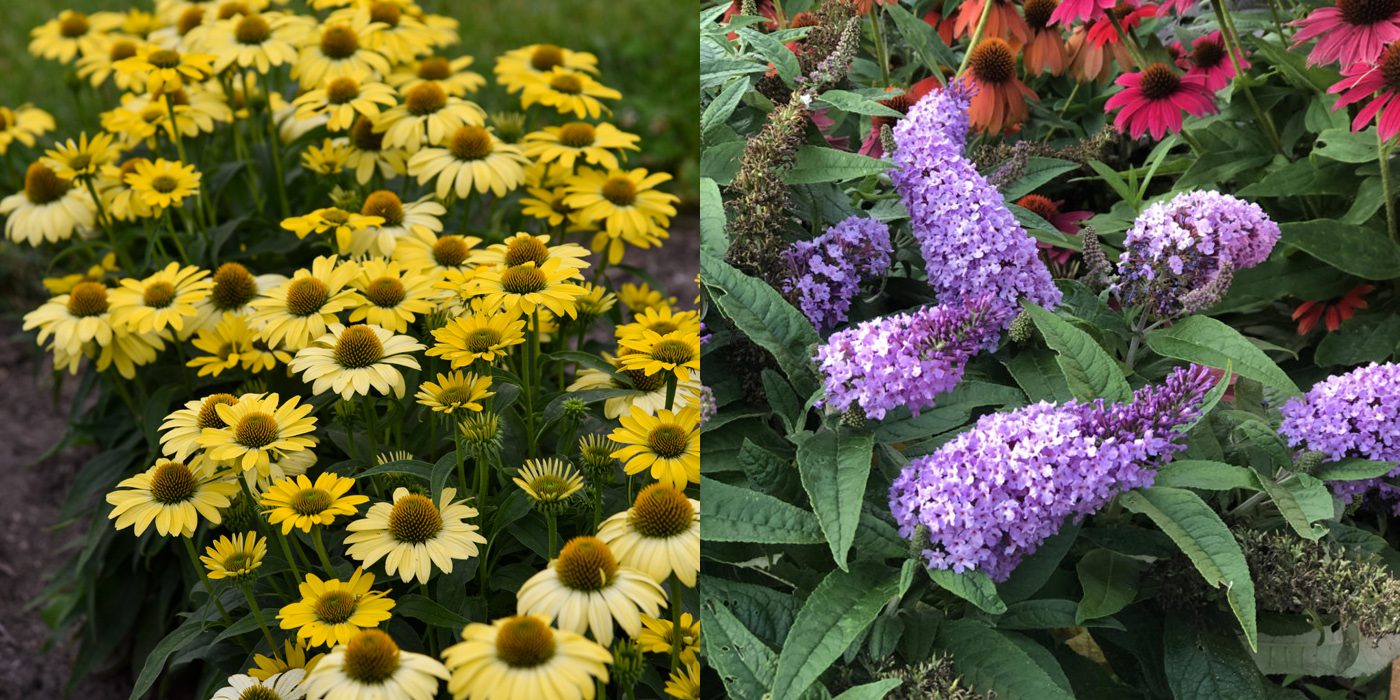
- Ironweed: This perennial plant has tall, purple flowers that bloom in summer. It is a good companion plant for ninebark because it provides late-season color and attracts butterflies and other pollinators.
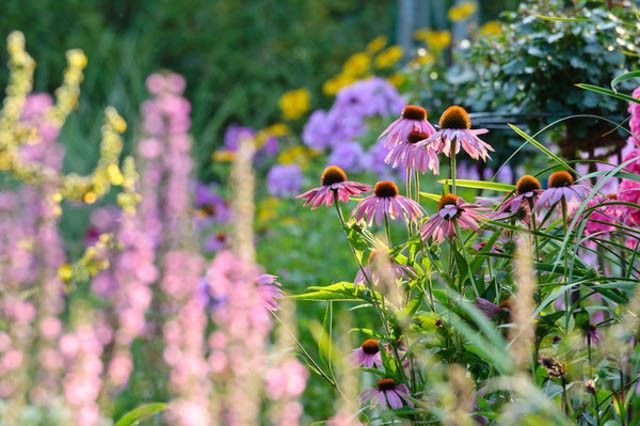
- Spirea: This deciduous shrub has white or pink flowers that bloom in spring. It is a good companion plant for ninebark because it has similar growing conditions and provides a different color palette.
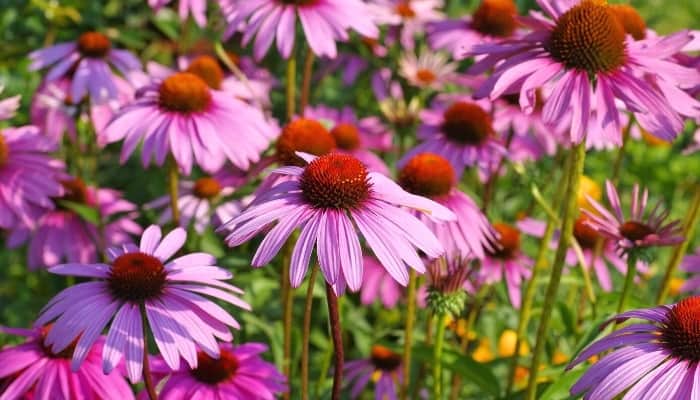
Post a Comment for " Stunning Companion Plants For Ninebark"